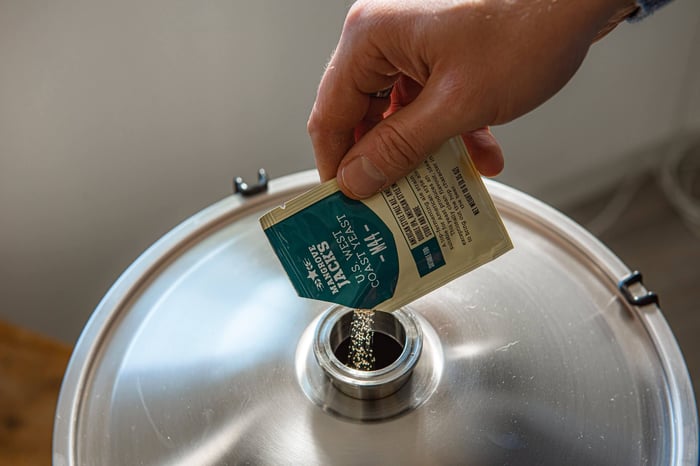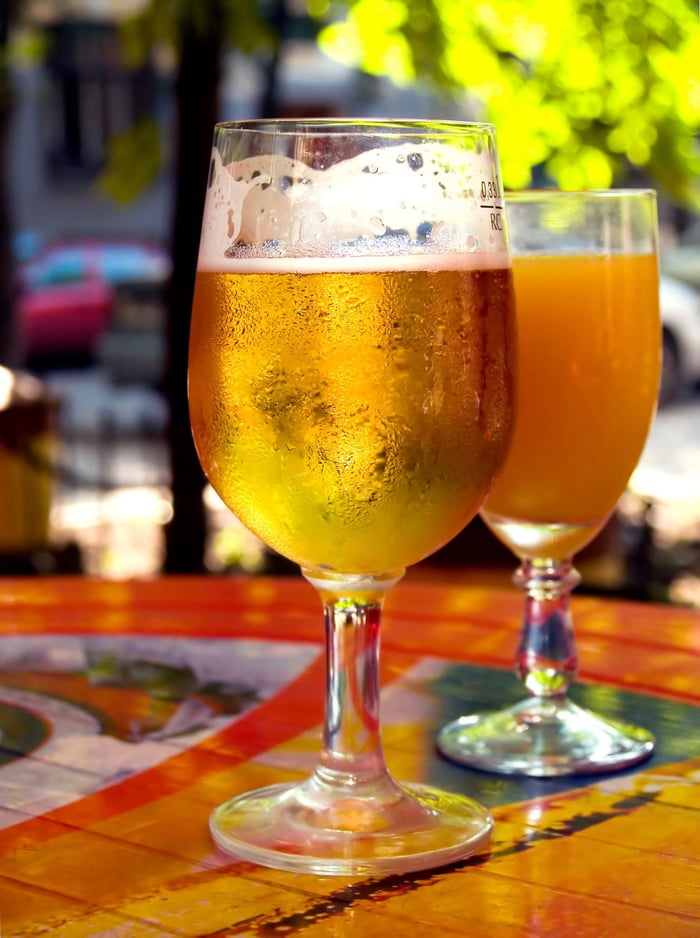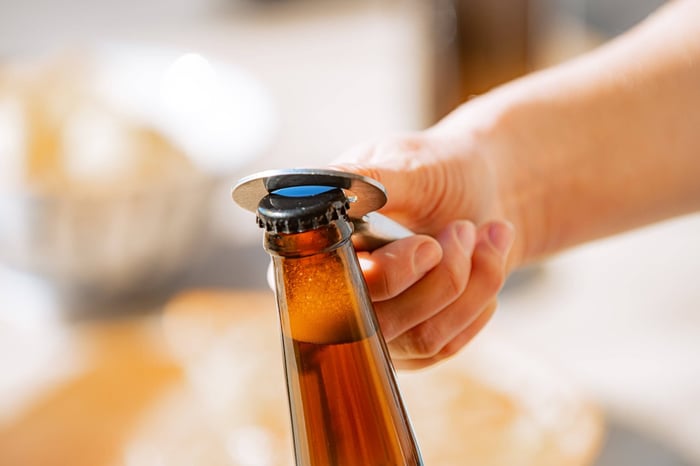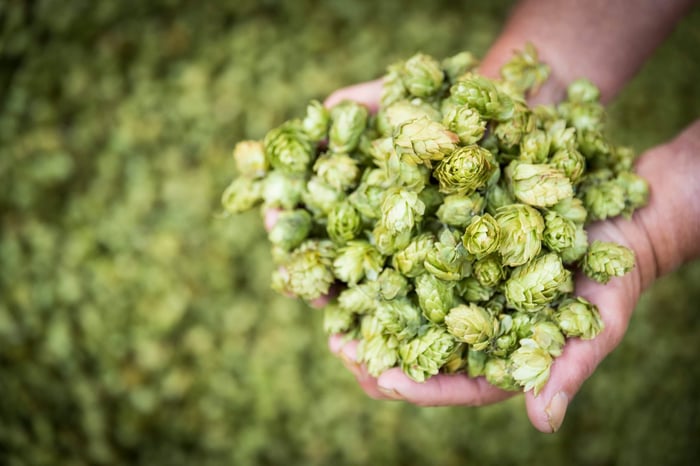Brewing across Australia means dealing with everything from tropical Darwin humidity to Melbourne's four-seasons-in-one-day weather. Understanding fermentation timing and temperature control gives you the edge, regardless of where you're brewing.
Let's dive into the practical stuff that'll help you nail fermentation every single time.
Fermentation Timing: Working With Nature, Not Against It
The Reality of Australian Brewing Fermentation timing isn't something you dictate – it's something you influence through smart decisions about temperature, yeast health, and environmental control.
Seasonal Brewing Strategies
Summer Brewing (December-February)
- Northern Australia: Consider Kveik or heat-tolerant strains
- Southern capitals: Garages can still hit 35°C+
- Coastal areas: Humidity affects cooling efficiency
Winter Brewing (June-August)
- Tasmania/Victoria: Perfect natural lager conditions
- Queensland: Still warm enough for most ale yeasts
- Inland areas: Large temperature swings to manage
Timing Expectations by Style:
- Australian Pale Ales: 5-7 days primary at 18-20°C
- Lagers: 10-14 days at 10-12°C, then extended conditioning
- Wheat beers: 4-6 days at 20-22°C
- High-gravity beers: 10-21 days depending on strength
Temperature Control: Your Secret Weapon
Australian Climate Challenges Our climate extremes mean temperature control often determines success or failure. Here's how to master it:
Heat Management Solutions:
- Swamp cooling: Wet towels and evaporation
- Chest freezer conversions: Ultimate control year-round
- Fermentation chambers: Purpose-built solutions
- Basement/cellar brewing: Natural cooling in southern states
Regional Temperature Strategies
Tropical North (Darwin, Cairns, Townsville)
- Invest in proper temperature control – it's not optional
- Kveik yeasts thrive in these conditions naturally
- Consider seasonal brewing schedules
Temperate East Coast (Brisbane to Melbourne)
- Seasonal brewing works well
- Winter = lager season
- Summer = controlled environment or heat-tolerant yeasts
Southern Capitals (Adelaide, Melbourne, Hobart)
- Natural seasonal advantages
- Consistent basement/garage temperatures
- Excellent for traditional European styles
Western Australia (Perth, Albany)
- Dry heat is easier to cool than humid heat
- Excellent wine-growing climate = great brewing climate
- Consider solar-powered cooling solutions
Smart Fermentation Monitoring
Beyond the Airlock Forget judging fermentation by airlock bubbling – it's unreliable in our climate. Temperature swings can cause false bubbling, while loose seals let CO2 escape silently.
Australian-Proven Methods:
- Digital hydrometers: Perfect for our "set and forget" climate
- Traditional hydrometers: Reliable and cost-effective
- Refractometers: Quick readings, great for hot climates
Monitoring Schedule:
- Day 3: First gravity check
- Day 5-7: Follow-up reading
- Final confirmation: 2-3 stable days
Fermentation Phases: What's Happening Inside
Phase 1: Lag Period (0-15 hours)Yeast acclimatisation – they're sussing out their new environment, checking oxygen levels, and preparing for the feast ahead.
In hot climates, this phase might be shorter. In cooler conditions, it could extend.
Phase 2: Active Fermentation (12 hours - 5 days)The main event. Krausen formation, vigorous CO2 production, and most alcohol creation happens here.
Australian Tip: This phase generates heat. In hot climates, active fermentation can push temperatures 2-4°C above ambient.
Phase 3: Conditioning Phase (3-14 days)Yeast cleanup crew gets to work, processing off-flavours and maturing beer character.
Phase 4: Maturation (Weeks to months)Final flavour development and beer clarification.
Australian-Specific Fermentation Tips
Dealing with Power Outages
- Insulated fermentation chambers maintain temperature longer
- Have backup cooling methods ready
- Consider battery-powered temperature controllers
Seasonal Ingredient Considerations
- Hop harvest (March-May): Fresh hop beers need careful fermentation timing
- Summer fruits: Local additions require temperature-controlled fermentation
- Winter malts: Perfect time for rich, complex beers
Water Quality Factors Different regions have varying water profiles affecting fermentation:
- Hard water areas: May slow yeast activity
- Soft water regions: Faster fermentation possible
- Chlorinated supplies: Always treat before brewing
Troubleshooting Australian Conditions
Common Issues and Solutions:
Temperature Spikes
- Move to coolest available location
- Implement swamp cooling immediately
- Consider different yeast strains for next batch
Slow Fermentation
- Check temperature – too cool is common in winter
- Verify yeast viability in hot storage conditions
- Consider nutrient additions for stressed yeast
Off-flavours from Heat
- Prevent rather than cure – invest in temperature control
- Some heat-driven esters fade with time
- Learn from each batch to improve next time
Post-Fermentation Success
Conditioning in Australian Climates Even after primary fermentation, temperature matters for conditioning and carbonation:
- Bottle conditioning: Stable 20-25°C for consistent carbonation
- Keg conditioning: Controlled temperature prevents over-carbonation
- Long-term storage: Cool, stable conditions prevent flavour deterioration
Packaging Readiness Don't rush post-fermentation. Even in our impatient climate, proper conditioning makes the difference between good beer and great beer.
Ready to bottle or keg? Our comprehensive guides on bottling techniques and kegging methods will get your beer from fermenter to glass in top condition.
Connect With Local Brewers
From Perth to Cairns, Alice Springs to Hobart, Australian brewers face unique challenges and opportunities. Share your experiences, learn from others, and don't hesitate to reach out when you need support.
Questions about brewing in your specific region? Contact us – we understand Australian brewing conditions and love helping local brewers succeed.
Grainfather Team










